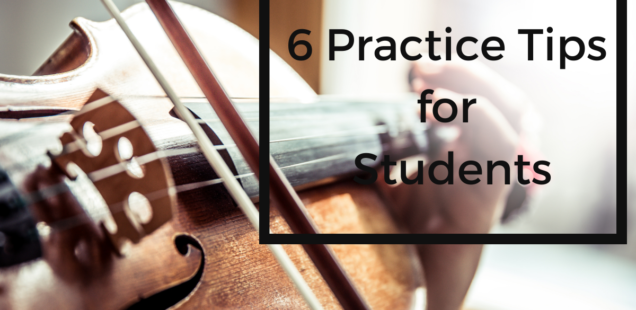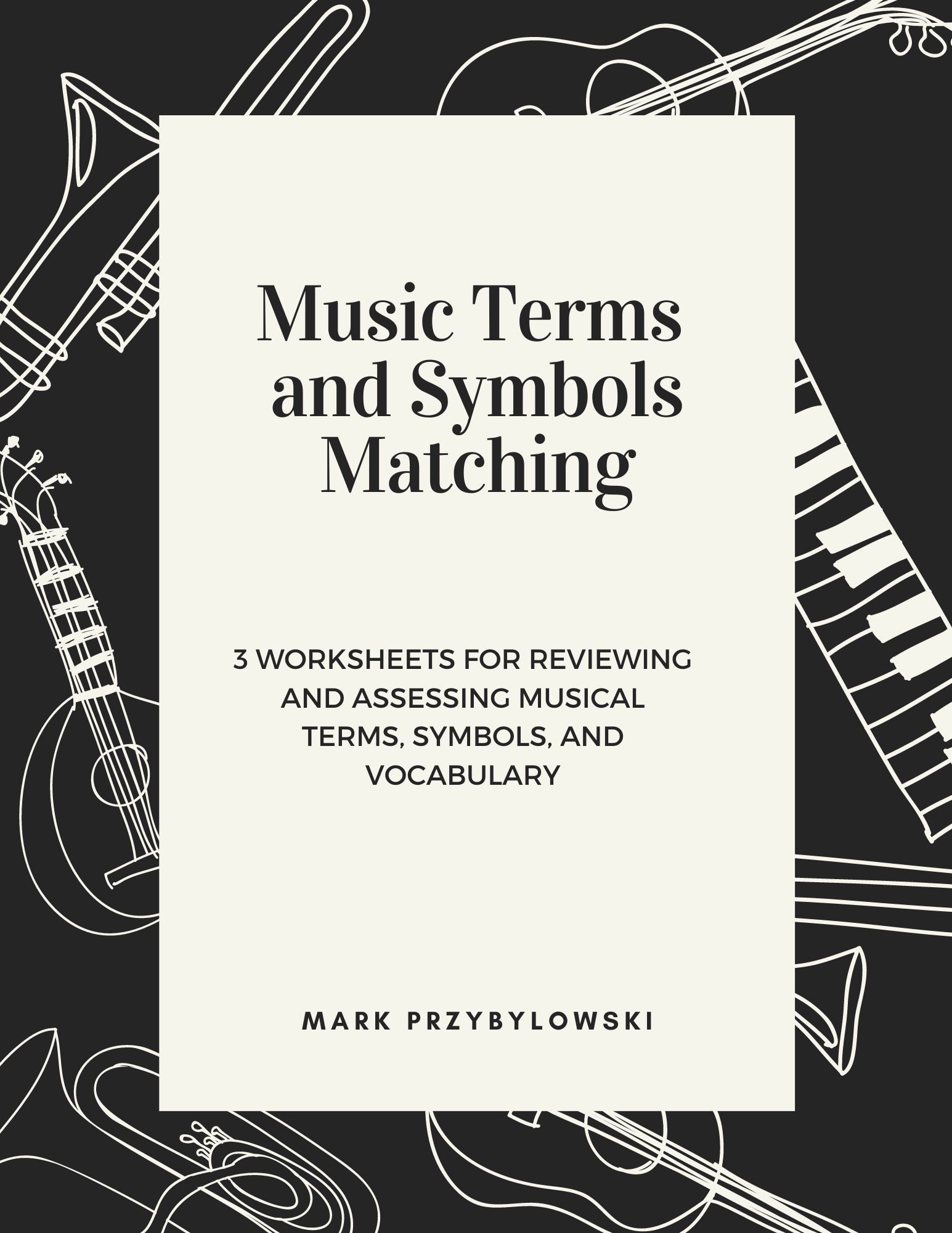
6 Practice Tips for Students
In the past on the blog, I've written about how to develop an effective practice routine (more on that later in the post). In this post, we will cover 6 easy practice tips you can share with your students or implement in your own life.
Set Up A Practice Space
This is simple, but having a designated space to practice is very important. It makes sense that a space that is set up will likely encourage students to practice more. A practice space should be quiet (ideally), free of distractions, and have the materials needed to be successful. For example, a music stand, pencil, tuner, and metronome.
Mark Up The Music
When starting a new piece of music it is very beneficial to go through it first with a pencil. When students do some analysis of their part beforehand, learning the song will go much more smoothly. So what does this look like?
- Mark any fingerings or tricky passages.
- Identify any difficult rhythms and figure them out.
- Note and circle any key signature changes.
- Mark important dynamics and expressive markings
Getting Started
How should students start a new piece, ideally?
I once watched a fantastic video on practice by the great virtuoso Gary Karr (you can find the video online). In it he gave the advice that one of the first things we should do when learning a new piece is play through it (on the piano) or sing through it. This is so we get a sense of the melodic movement and we begin to really hear the relationships between notes. I don't think he was concerned with tempo or rhythm, but just going through the piece and beginning to dig into it. If students don't play the piano or feel uncomfortable singing, have them play through it on their instrument in a loose manner.
Similarly, if students have never heard the piece before, play it for them or have them listen to it. This will also give them a picture of the mood and feeling of the piece.
Break It Down
Younger students just love to play their music from the beginning to end without stopping. Why wouldn't they, right? It is so fun to just play!
While that certainly is fun, we really need to teach them effective practice habits. Encourage students to "break it down." This means they should take one measure or phrase at a time and really focus on that part. Find the difficult sections in the music and circle them with a pencil so they can be returned to later. Students should certainly review the easier stuff in a piece, but the main focus should be on the challenging sections in a piece of music.
Slow It Down
Similar to the tip above, breaking it down also includes slowing it down. This is challenging because younger students love to play fast! However, slowing the tempo down to the point at which they can play the correct notes, fingerings, and rhythms with solid intonation will pay off in the end.
Students should play along with a metronome - slowly -making sure they can play a the song or passage with little or no mistakes.
Similarly, they should start by playing at the tempo they can correctly execute the most difficult section of the music.
Practice Journal
Like many teachers, very early on in my teaching career I would have my students complete a practice log each week. It looked something like this: students would fill in the minutes they practiced, have their parent sign the form, and that certified their practice. Needless to say, completing a practice log certainly doesn't indicate practice or growth. Sure, I was modeling practice in class and giving them tips in class, but they needed something more intentional.
So I began to have my students keep a practice journal for a month. They would set goals, make up a routine, and reflect on their practice session. I gave them a "toolbox" with strategies they could use during their practice. The toolbox included some of the tips covered above. After the practice session, students should reflect on their progress. They can ask questions like:
- Did you accomplish your goal? Why or why not.
- What challenges are you still facing?
If you want to read more about how I implemented a practice journal with my students, I wrote two articles on the blog. You can read them here and here.
Conclusion
Learning how to practice well takes time and reflection. I definitely continue to learn how to make the most out of the time I have to practice. Practice is a huge topic, so next week we will cover some more tips for effective practice.
